Best Hasselblad lenses: the best lens for Hasselblad X1D, X2D, and 907X
Looking for the best Hasselblad lens to pair with your X system camera? Macro, zoom, portrait, ultra-wide – they're all here
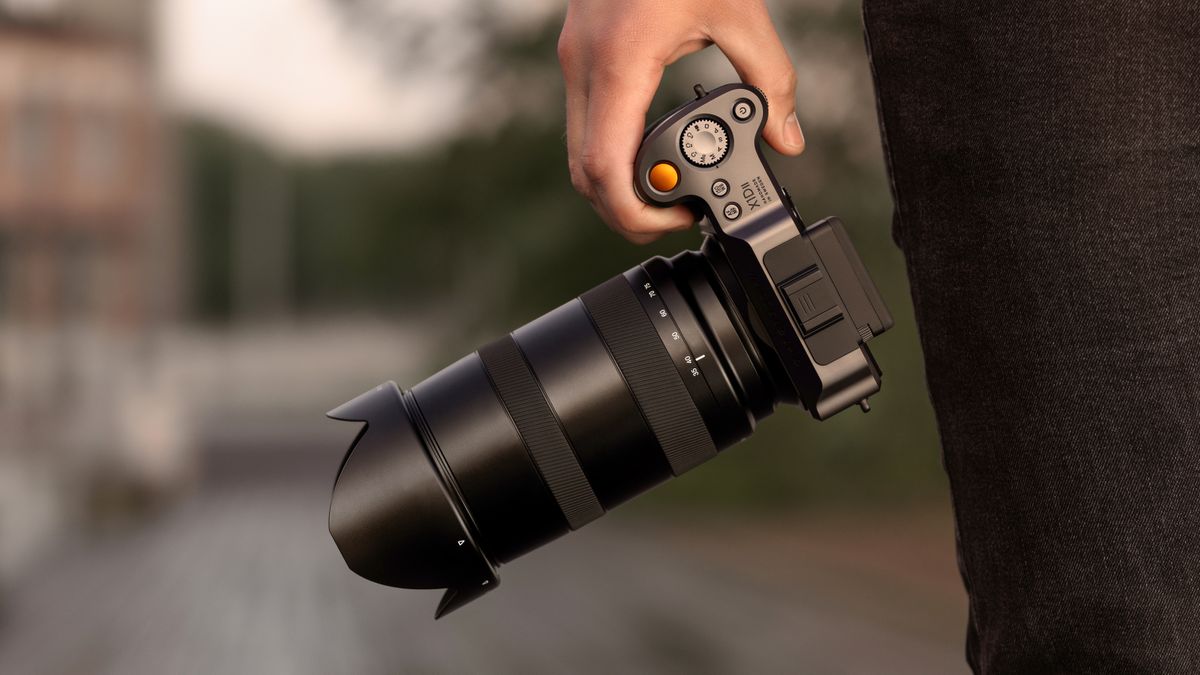
The best Hasselblad lenses are among the best lenses in the world. Indeed, one of the optics on this list is the single sharpest lens we've ever tested. So if you've invested in one of the best medium format cameras, you'll want to make sure that you buy the tip-top optics to get the most out of it.
The XCD glass comprises some of the best Hasselblad lenses ever made. Designed for the X system, these optics are designed specifically for the new Hasselblad X2D 100C, the Hasselblad X1D II 50C, the original Hasselblad X1D 50C, and the Hasselblad 907X – all of which stand amid the world's best professional cameras.
While the X system is still fairly youthful, it has been rapidly developed and now features almost all the staples of a mature camera system. From portrait lenses to a ultra and wide-angle lenses and even a macro lens, Hasselblad has everything natively covered from 16mm to 181mm.
On top of that, you can even make use of official mount adapters to use your existing glass. The Hasselblad XPan Lens Adapter enables you to mount XPan optics, the Hasselblad XH Lens Adapter fits HC and HCD lenses, while the Hasselblad XV Lens Adapter can attach C, CB, CF, CFI, CFE, F, and FE-type lenses.
Still, as far as the latest XCD glass is concerned, these are the best Hasselblad lenses to pair with your X system camera…
Hasselblad XCD 4/21 Ultra-Wide-Angle
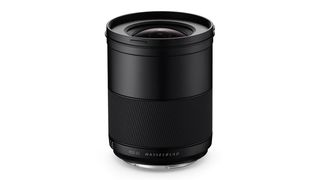
In non-Hasselblad nomenclature, the XCD 4/21 Ultra-Wide-Angle is a Hasselblad XCD 21mm f/4 lens. In 35mm / full-frame terms, that's an equivalent 16.59mm angle of view, meaning that this really is an ultra-wide optic.;
By far the widest native lens available for the XCD mount. That makes it a must-have choice for shooting sweeping landscapes, capturing interiors, and even astrophotography (even though that can be a challenge with the f/4 aperture on medium format).
Hasselblad XCD 3,5/30 Wide Angle
Why you can trust Digital Camera World

Again, 30mm may not actually seem that wide on paper. However, the Hasselblad XCD 30mm f/3.5 is actually a 23.7mm lens in full-frame terms – so it's tailor-made for shooting landscapes and architecture.
While it's susceptible to barrel distortion like any wide lens and suffers more fringing than any other XCD lens, it still delivers outstanding center sharpness and is a valuable part of a professional toolkit.
Hasselblad XCD 4/45P
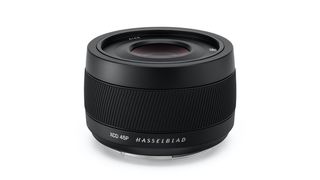
There are a pair of 45mm lenses available for Hasselblad X1D cameras, the other one being the slightly faster XCD 3,5/45. However, that extra sliver of speed can't compare to the ultra-compact size and extraordinary engineering of the Hasselblad XCD 45mm f/4P – the world's smallest medium format lens with AF.
Delivering an equivalent 35mm angle of view and f/3.16 depth of field, the 45P produces the least fringing we've ever tested and is as close as you can get to a distortion-free lens. Perfect for street, travel, reportage, events, and environmental portraits.
Hasselblad XCD 2,8/65
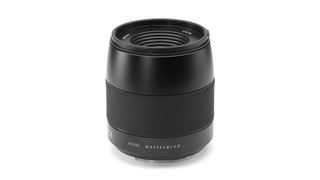
The Hasselblad XCD 65mm f/2.8 is actually a nifty fifty – a 51.35mm f/2.21, to be precise – equivalent in full-frame terms. Moreover, it is literally the sharpest lens we've ever tested (outperforming the previous champion, the Sony FE 20mm f/1.8 G) that sustains sensational sharpness from the center right out to the corners of the frame.
It's also virtually aberration- and distortion-free, making it the best optical performer of any Hasselblad lens – and maybe the best (if most expensive) nifty fifty ever, great for everyday shooting, street photography, and three-quarter portraits.
Hasselblad XCD 1,9/80
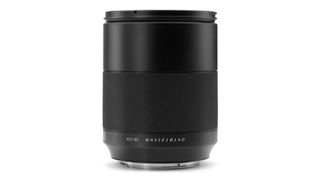
The fastest lens available for the X1D, the Hasselblad 80mm f/1.9 is the system's best option for low-light photography – and of course, it renders beautifully blurred backgrounds with its equivalent f/1.55 depth of field.
In 35mm terms it has a 63.2mm angle of view, so it sits in an awkward space between a standard and portrait prime, but it's versatile enough to be used for either application with a bit of practice and consideration. If you have the need for speed and prefer lenses with a bit of length that don't stray too far into tele territory, this is the one for you.
Hasselblad XCD 3,5/120 Macro
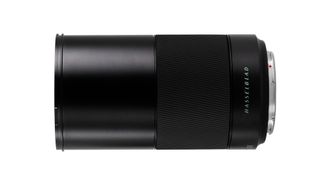
If you specialize in people and close-up work, the double-duty Hasselblad XCD 120mm f/3.5 is an absolute no-brainer. As the manufacturer's lone macro lens, it's your only choice for magnifying super-small subjects.
While it's not a true 1:1 macro, its 1:2 reproduction ratio still yields fantastic results (especially on medium format scale). It's equivalent to 94.8mm and f/2.77 full-frame performance also makes it a formidable portrait lens – though if you don't care about macro, there is a superior option for portraiture…
Hasselblad XCD 2,8/135
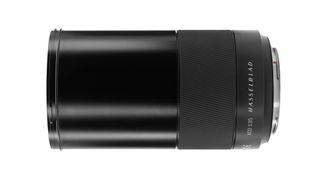
A portraiture powerhouse, the Hasselblad XCD 135mm f/2.8 is the ultimate lens for headshot hunting. Its 106.65mm equivalent angle of view is firmly in the territory of portrait focal lengths.
While its f/2.21 equivalent aperture renders sublimely shallow depth of field. However, like the 120mm, this is a portrait lens with an extra trick up its sleeve; it can be combined with the X Converter 1,7 to become a 229.5mm f/4.8 lens (181.31mm f/3.8 in full-frame terms) for longer telephoto work.
Hasselblad XCD 3,5-4,5/35-75 Zoom
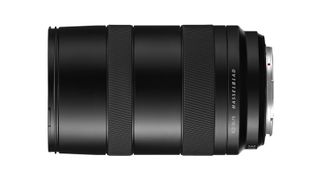
The Hasselblad XCD 35-75mm f/3.5-4.5 is just shy of being a medium format version of a standard 24-70mm zoom, with an equivalent 27.65-59.25mm focal range. This gives the X1D a versatile multi-purpose optic, and effectively an everyday lens if you'd like to use your Hasselblad as as a walkabout camera.
It handles beautifully and the internal focusing mechanism maintains the premium feel – though it does make the non-constant aperture (rendering an equivalent f/2.77-3.56 depth of field) feel a little out of place for an otherwise uncompromisingly engineered optic.
How we test lenses
We test lenses using a mix of both real-world sample images and lab tests. Our lab tests are carried out scientifically in controlled conditions using the Imatest testing suite, which consists of custom charts and analysis software that measures resolution in line widths/picture height, a measurement widely used in lens and camera testing. We find the combination of lab and real-world testing works best, as each reveals different qualities and characteristics.
Read more:
Hasselblad X1D II 50C review
Hasselblad X1D 50C review
The best medium format camera: big sensor cameras for experts and pros
Get the Digital Camera World Newsletter
The best camera deals, reviews, product advice, and unmissable photography news, direct to your inbox!

James has 22 years experience as a journalist, serving as editor of Digital Camera World for 6 of them. He started working in the photography industry in 2014, product testing and shooting ad campaigns for Olympus, as well as clients like Aston Martin Racing, Elinchrom and L'Oréal. An Olympus / OM System, Canon and Hasselblad shooter, he has a wealth of knowledge on cameras of all makes – and he loves instant cameras, too.